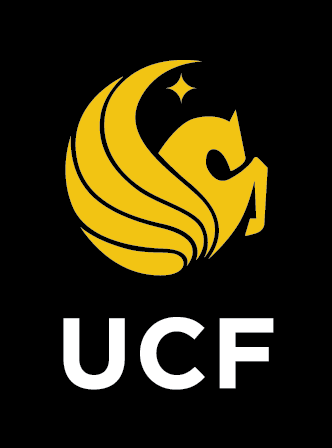|
Ocean County College
Course Title: General Psychology
Redesign Coordinator: Claudine Keenan
Status: This project originated as part of NCAT's FIPSE-funded Roadmap to Redesign (R2R) program, 2003 – 2006. Due to a variety of factors, this project was not completed. The project plan serves as a good example of how to think about redesigning a large-enrollment course.
Project Plan:
Ocean County College plans to redesign its General Psychology course, which is the keystone course in the psychology concentration, serving as a prerequisite for all eleven additional psychology courses and for many transfer degree programs. Most sections are currently taught in a traditional lecture format (30-35 students), and two sections per semester are offered online at a distance. The annual enrollment is approximately 2,300 students. The success rates, while acceptable, are still lower than desirable, particularly since the course is a significant component in both local and articulated degrees. More than 20% of the students do not persist to successful completion.
The current courses lack consistency across sections. Less than 20% of the sections are taught by full-time faculty members; the adjunct faculty who assume responsibility for the bulk of the sections do so with minimal supervision and are unable to meet as a team due to their conflicting schedules. The academic goals for the redesign are to ensure consistent student experiences across multiple sections; to increase the quality of instruction with department-approved materials that emphasize active learning; to eliminate redundancies in course material production, lecture delivery, and facilities usage; to reduce the number of full-time faculty required to teach General Psychology students, allowing them time to teach the eleven other psychology courses; and, to eliminate student waiting lists.
The redesign will use the Replacement Model. Two full-time faculty members, working with an expert in instructional design, will redesign the course materials to achieve a consistent level of quality across all sections. The course will be delivered via WebCT, supervised by the two faculty designers, who will serve as mentors to a team of learning facilitators. Students will spend approximately two-thirds of their time (100 minutes per week) asynchronously engaged in faculty-redesigned, department-approved learning activities including media presentations, small-group discussions, web field trips, synchronous tutorial meetings/virtual office hours, problem-solving activities, group projects and simulations. Students will spend the remaining one-third (50 minutes per week) meeting with a learning facilitator in a traditional classroom. Learning facilitators will respond to all online discussions and student questions within 24 hours, lead seminar discussions, and add their own insights on faculty-authored course materials and concepts. The redesign will enhance quality by following a solid instructional design approach, focusing on alignment of instruction to objectives, and heavily emphasizing active learning.
The impact of the redesign on student learning will be assessed by comparing scores on a common final examination. During spring 2005, Ocean County will run parallel sections: 25 in the traditional format, one in a distance format, and 12 in the redesigned format. After measuring the difference in learning results among the three modes during the pilot, Ocean County will finalize their full implementation plan according to the results. This means that if one mode shows greater student learning, it will become the only mode. If, on the other hand, the three modes show equivalent learning, then the three modes will continue.
Cost savings will be achieved by eliminating the need for every faculty member to "reinvent the wheel" for every section of this course. Faculty time will be reduced by re-using faculty-authored, department-approved lecture materials and utilizing course management software for recordkeeping. Once the redesign is fully implemented, the number of full-time faculty will be reduced from ten to five each year, freeing them to teach higher-level courses more often. The number of adjunct faculty will be reduced from 52 to 27 with the addition of new Learning Facilitators. The cost-per-student will decline from $87 to $29. In addition, the operating and capital costs of facilities will be reduced since class time will decline by two-thirds.
|
